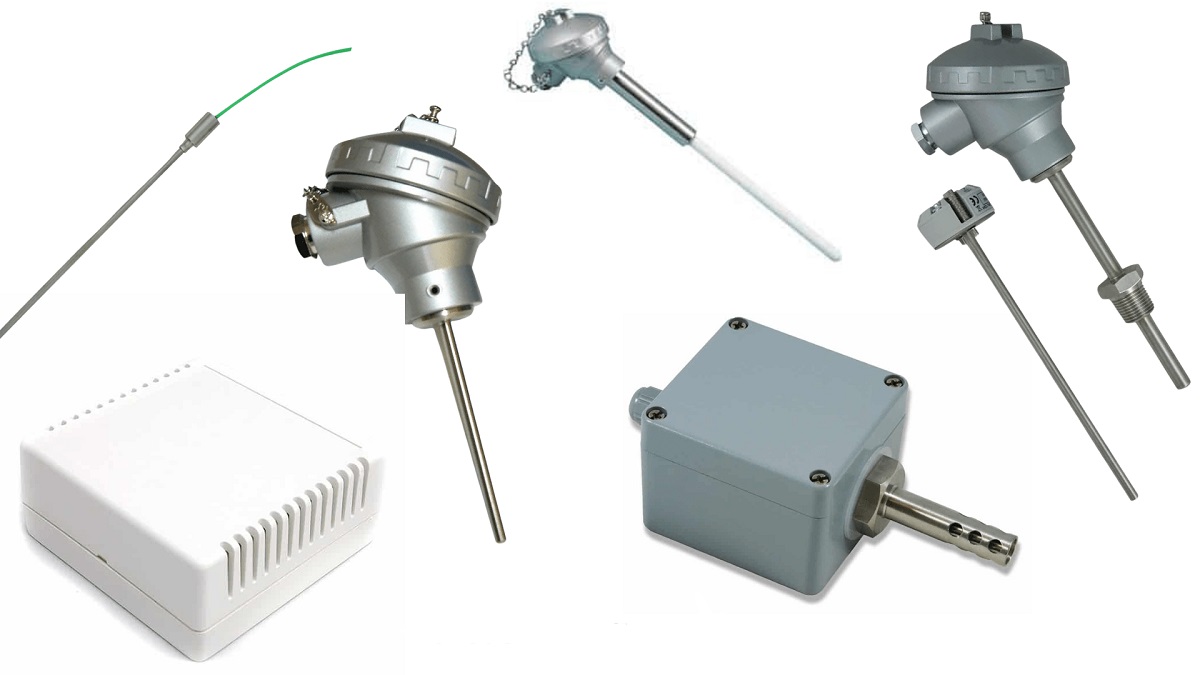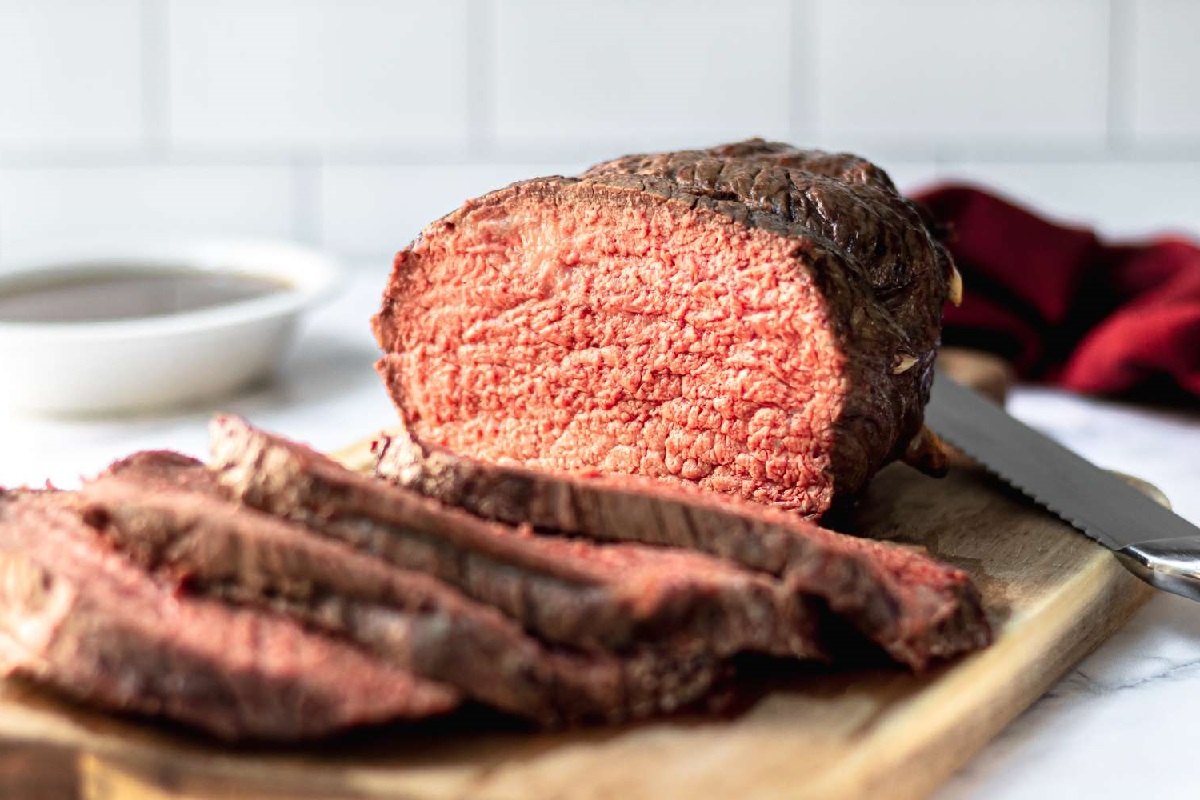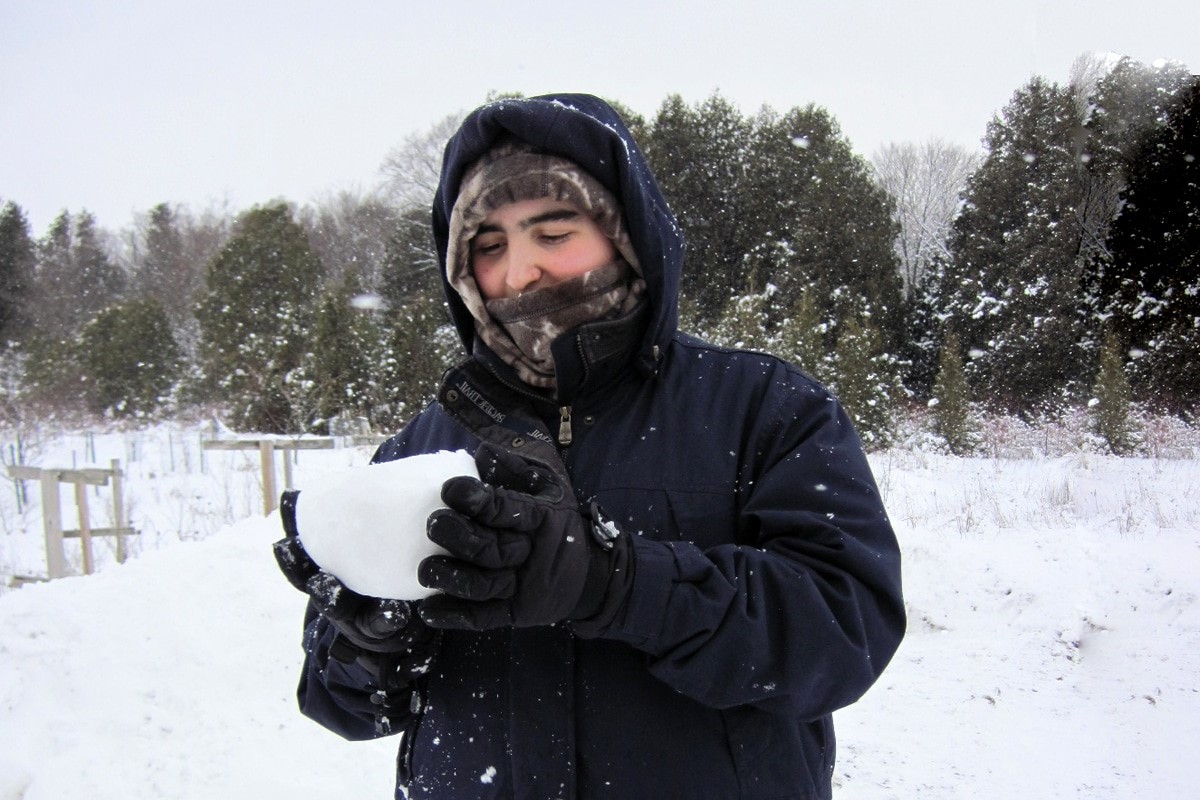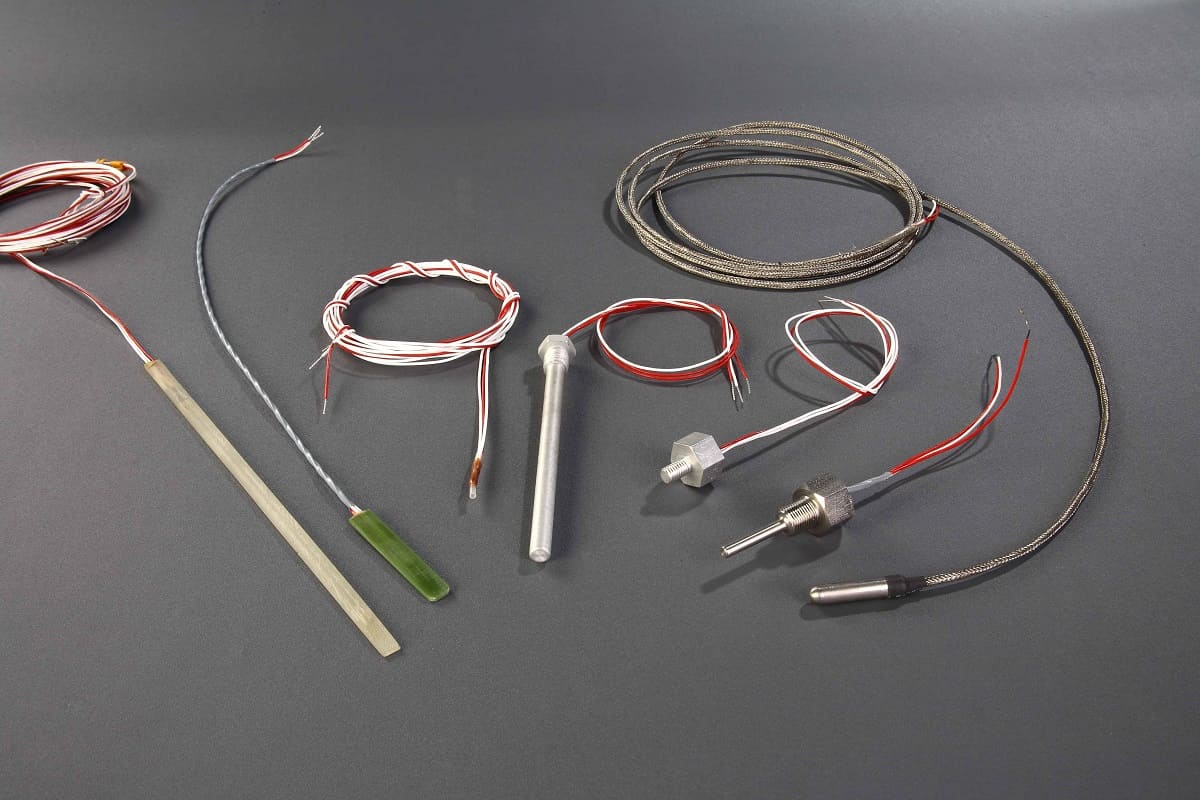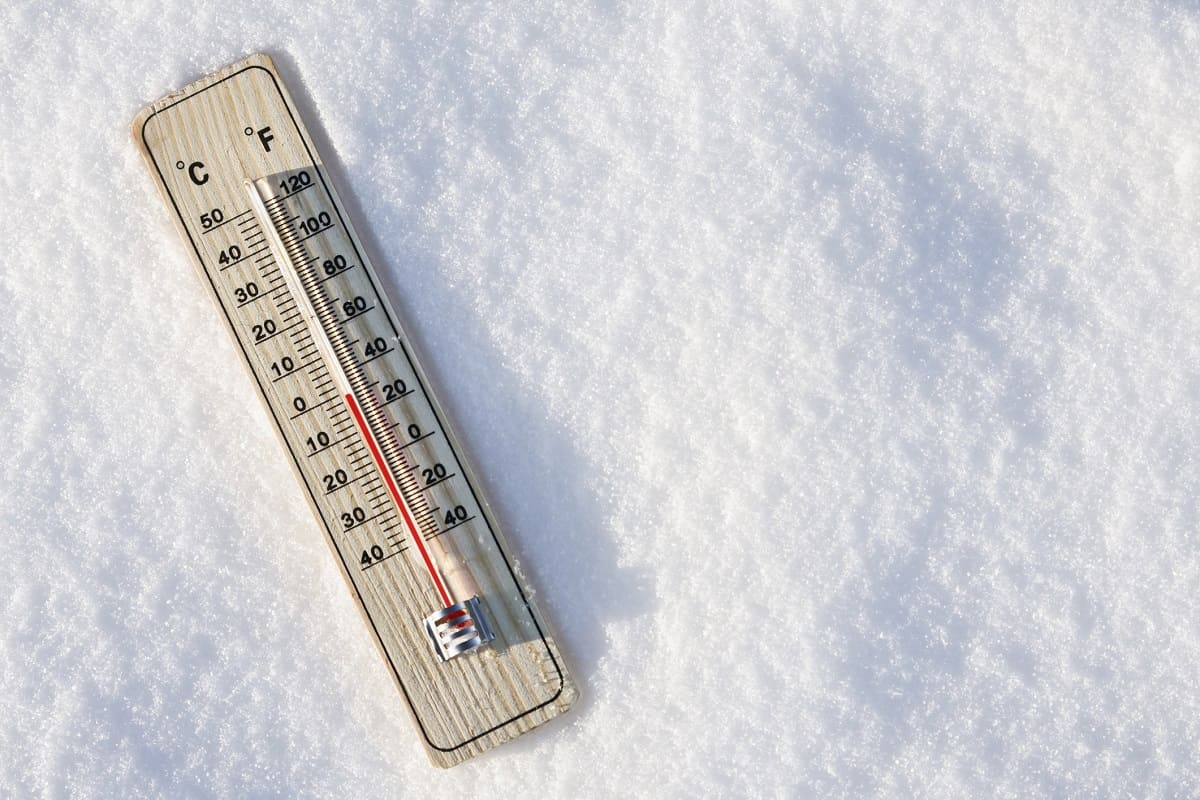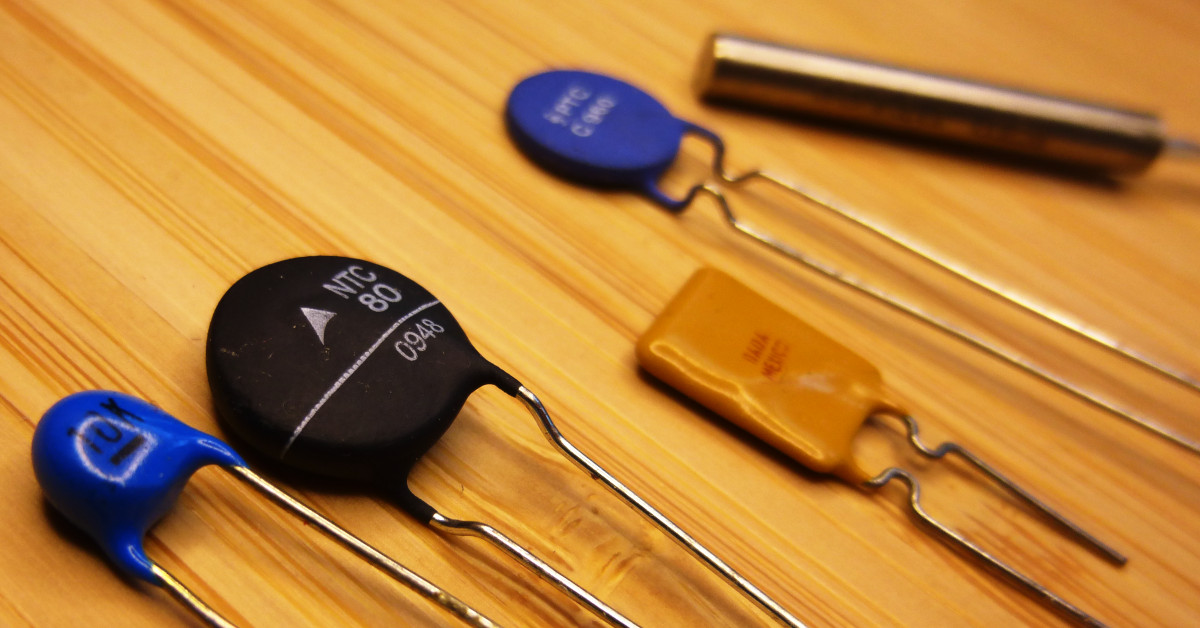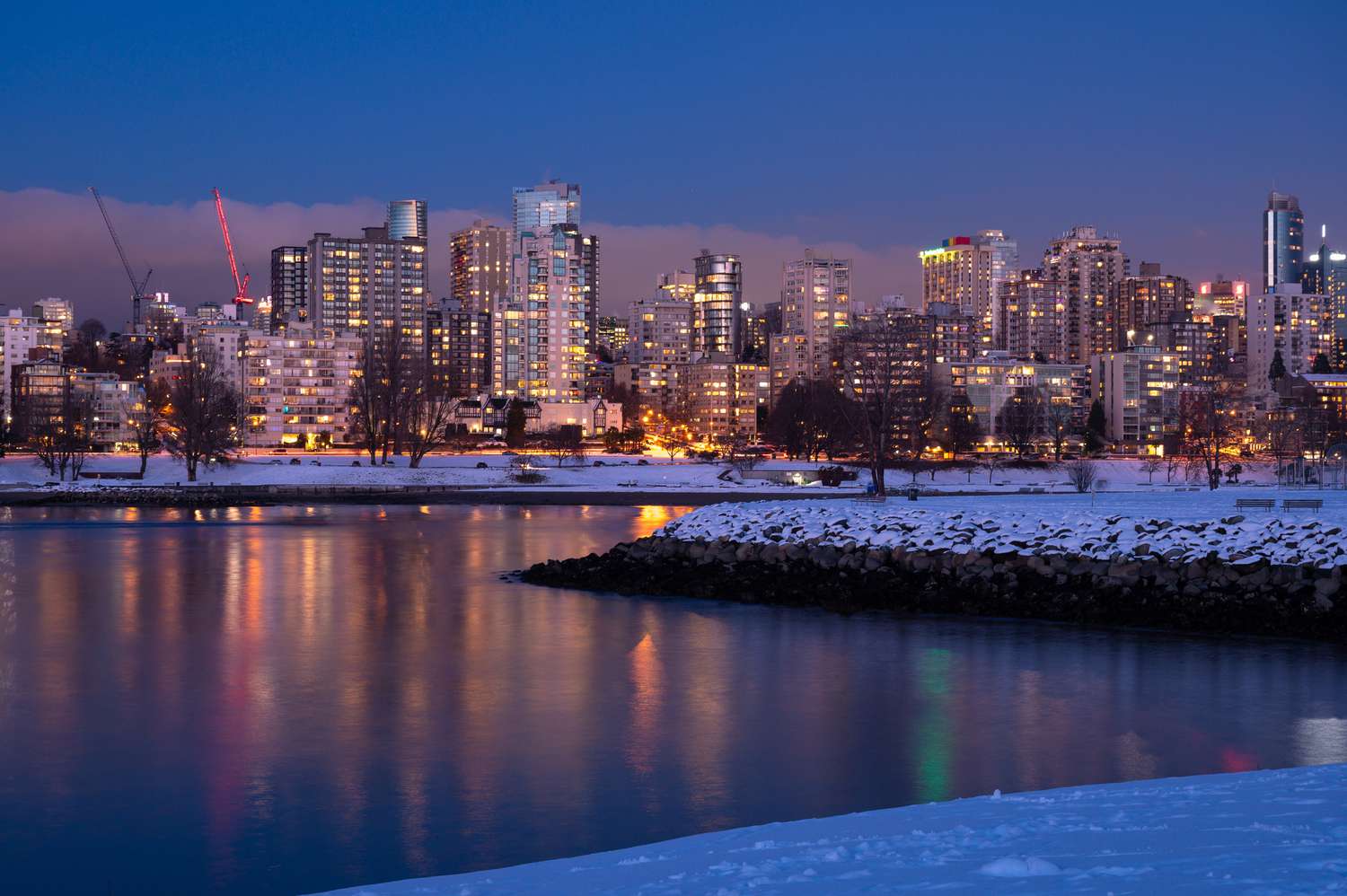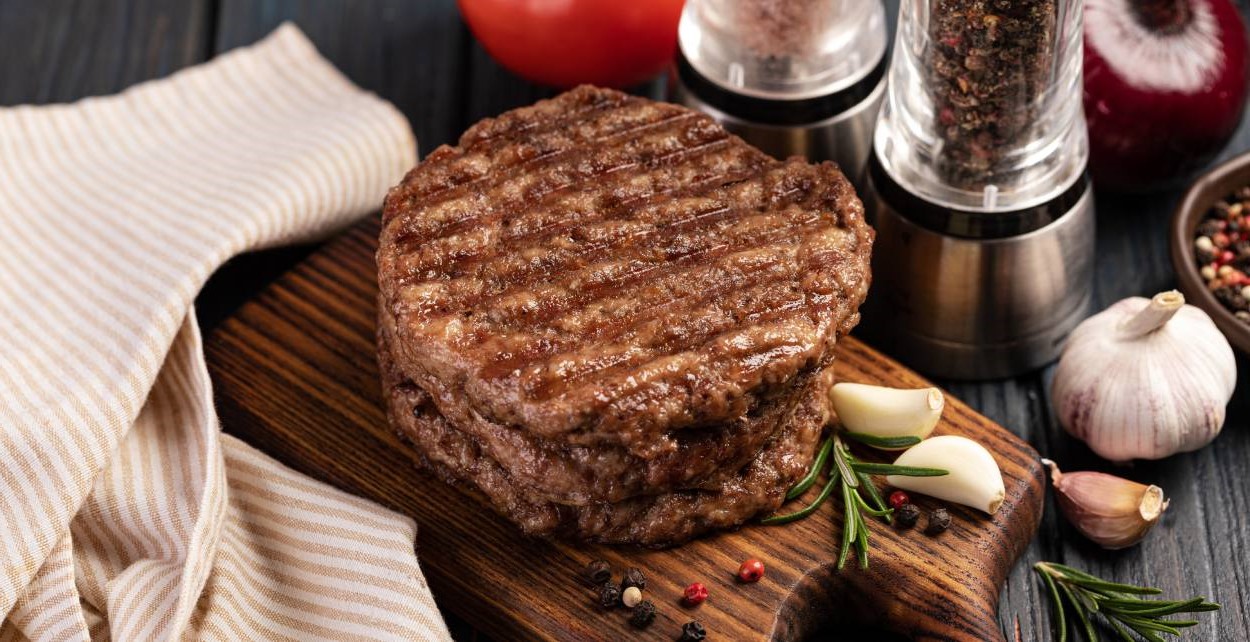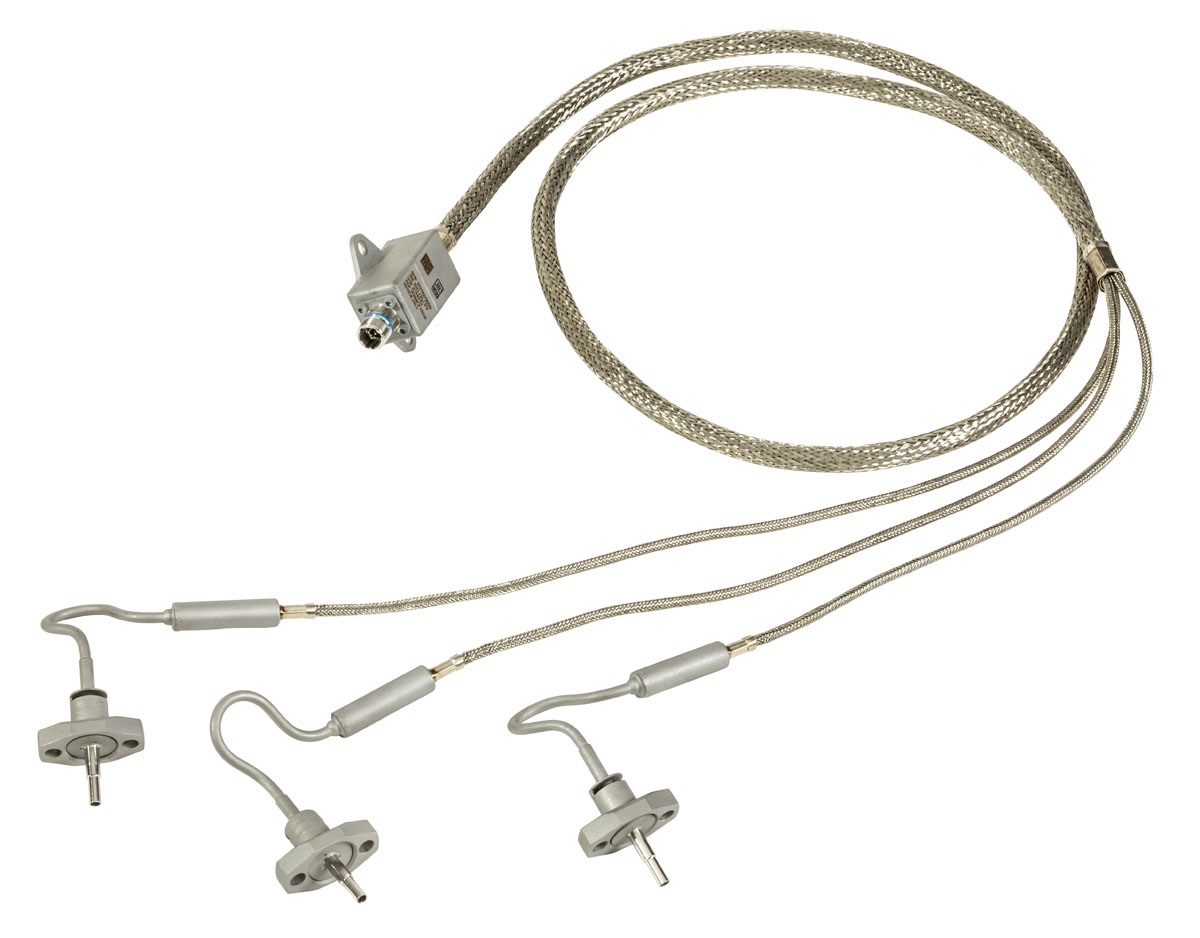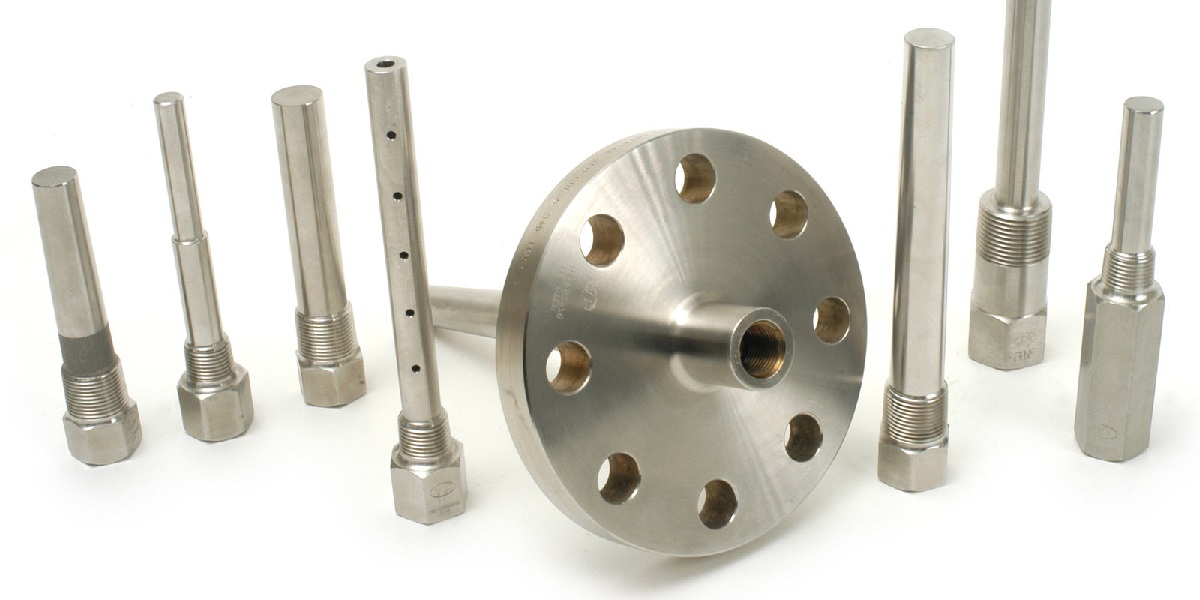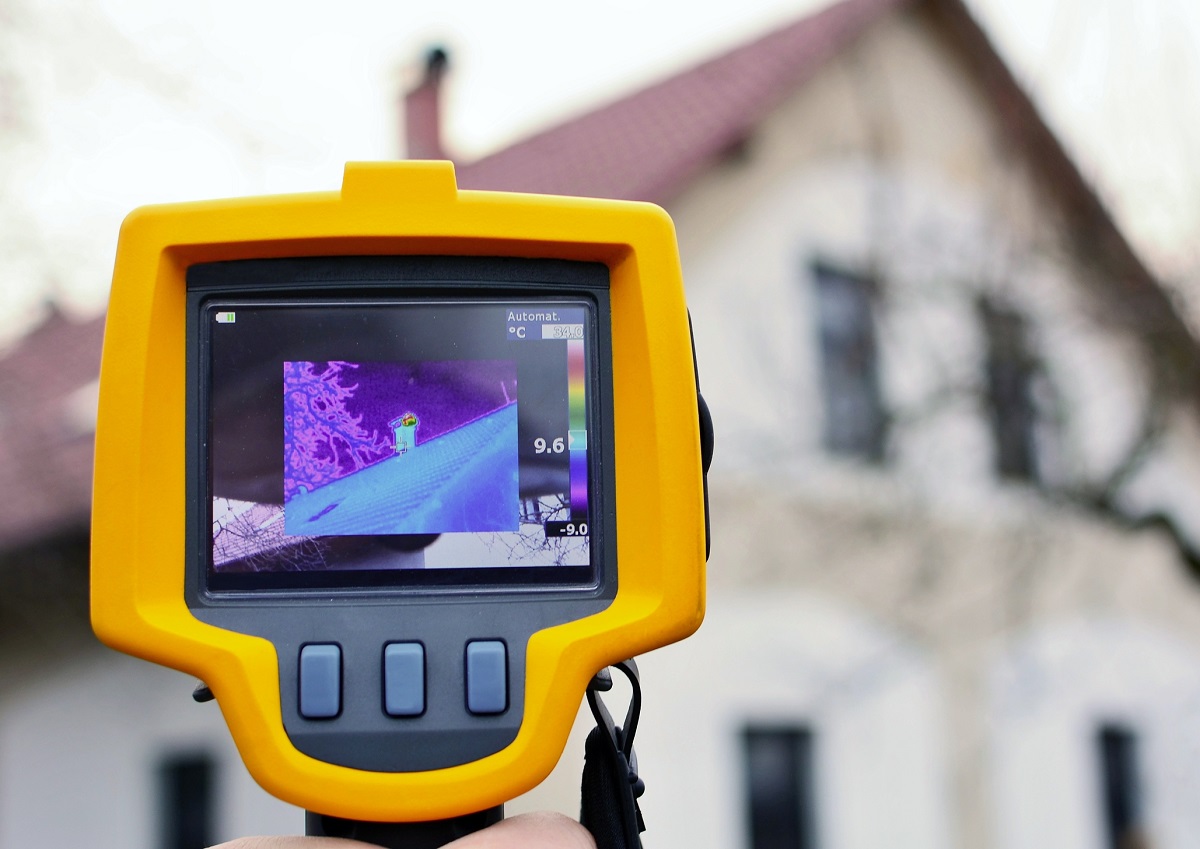Home>Home, Lifestyle & DIY>Best Temperature For Outdoor Painting
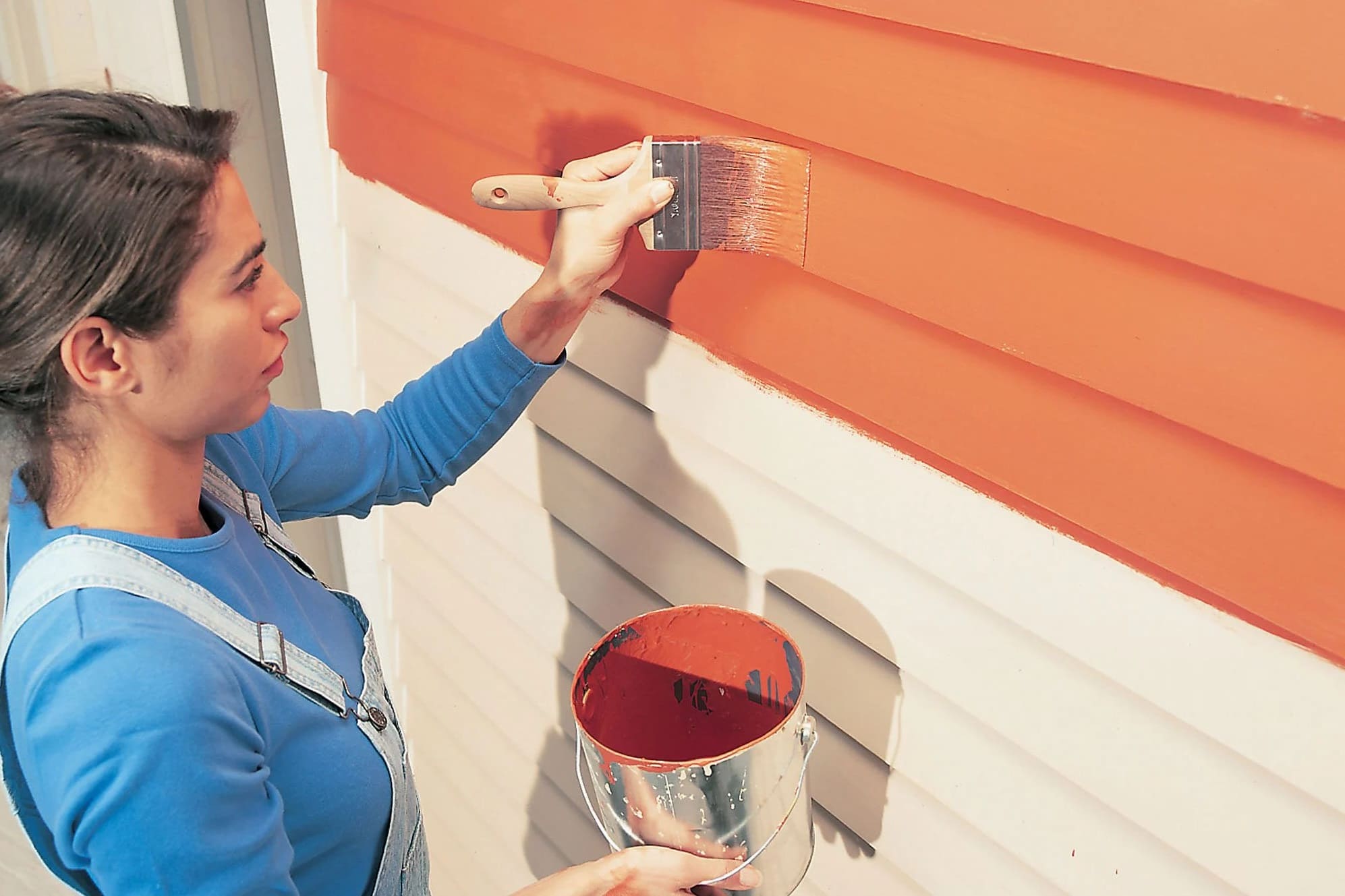

Home, Lifestyle & DIY
Best Temperature For Outdoor Painting
Published: February 22, 2024
Discover the best temperature for outdoor painting to achieve professional results. Get expert tips for your home, lifestyle, and DIY projects.
(Many of the links in this article redirect to a specific reviewed product. Your purchase of these products through affiliate links helps to generate commission for Temperatures.com, at no extra cost. Learn more)
Table of Contents
Factors to Consider Before Choosing the Best Temperature for Outdoor Painting
When it comes to outdoor painting, the temperature plays a crucial role in determining the success and longevity of your project. Before you embark on your painting endeavor, there are several key factors to consider in order to select the best temperature for outdoor painting.
-
Type of Paint: Different types of paint have varying temperature requirements for optimal application. For instance, oil-based paints typically require higher temperatures for proper drying and adhesion, while latex paints can be applied in a wider range of temperatures. Understanding the specific temperature guidelines for the type of paint you intend to use is essential for achieving a professional finish.
-
Weather Conditions: In addition to temperature, it's important to consider other weather-related factors such as humidity and wind. High humidity can prolong the drying time of paint, leading to potential issues such as drips and streaks. Similarly, windy conditions can accelerate the drying process, making it challenging to achieve a smooth, even coat. Therefore, it's crucial to assess the overall weather conditions, not just the temperature, before initiating an outdoor painting project.
-
Surface Temperature: While monitoring the ambient temperature is important, it's equally essential to evaluate the temperature of the surface being painted. Surfaces that are too hot or too cold can impact the paint's ability to adhere properly, potentially resulting in peeling or cracking over time. Prior to painting, ensure that the surface temperature falls within the recommended range specified by the paint manufacturer.
-
Time of Day: The time of day can significantly influence the temperature and environmental conditions. For instance, painting in the early morning or late afternoon may offer more favorable temperatures compared to the peak heat of midday. By strategically planning the timing of your painting project, you can take advantage of the optimal temperature and lighting conditions for a smoother and more efficient process.
-
Project Specifics: Consider the scope and scale of your painting project. Larger projects may necessitate more extended periods of favorable weather, while smaller touch-up jobs could be completed within a shorter window of ideal temperatures. Assessing the specific requirements of your project will help you determine the most suitable temperature conditions for a successful outcome.
By carefully considering these factors before choosing the best temperature for outdoor painting, you can ensure that your project progresses smoothly and yields professional results that withstand the test of time.
Ideal Weather Conditions for Outdoor Painting
Achieving the perfect finish for an outdoor painting project hinges on selecting the ideal weather conditions. The interplay of temperature, humidity, and wind speed significantly impacts the application and drying process, ultimately influencing the longevity and quality of the paint job.
Temperature: The optimal temperature range for outdoor painting typically falls between 50°F and 85°F (10°C to 29°C). Within this range, the paint can adhere to the surface effectively and cure properly. Extreme heat can cause the paint to dry too quickly, leading to issues such as brush marks and uneven coverage. On the other hand, excessively low temperatures can impede the drying process, resulting in prolonged tackiness and compromised adhesion.
Humidity: High humidity levels can pose challenges during outdoor painting. Excessive moisture in the air can prolong the drying time of the paint, leading to potential issues such as blistering and surface imperfections. Ideally, the humidity level should range between 40% and 70% for optimal painting conditions. It's important to note that different types of paint may have varying tolerance levels for humidity, so it's essential to consult the manufacturer's recommendations.
Wind Speed: Windy conditions can disrupt the painting process by causing the paint to dry too quickly, leading to uneven texture and potential debris getting stuck in the wet paint. Additionally, strong winds can make it challenging to control overspray and maintain a consistent application. When planning an outdoor painting project, it's advisable to choose a day with minimal wind or to create a barrier to shield the painting area from strong gusts.
Sun Exposure: While natural light is beneficial for visibility during painting, excessive exposure to direct sunlight can pose challenges. The intense heat from the sun can accelerate the drying process, potentially causing the paint to blister or bubble. Moreover, painting in direct sunlight can lead to rapid evaporation of solvents, affecting the paint's ability to level and adhere smoothly.
Time of Day: The timing of the painting project can significantly impact the overall outcome. Painting during the early morning or late afternoon can provide more favorable temperature and lighting conditions, as these times often coincide with milder temperatures and reduced sun exposure. By strategically planning the timing of the painting process, it's possible to optimize the weather conditions for a seamless and professional finish.
In essence, the ideal weather conditions for outdoor painting encompass a delicate balance of temperature, humidity, wind speed, and sun exposure. By carefully considering these factors and selecting a day with optimal weather conditions, you can set the stage for a successful and enduring paint job.
Effects of Temperature on Different Types of Paint
The impact of temperature on different types of paint is a critical consideration that significantly influences the application, drying, and overall performance of the paint. Understanding how temperature affects various paint formulations is essential for achieving a professional and long-lasting finish.
Latex Paint
Latex or water-based paints are widely favored for their versatility and ease of use. When it comes to temperature sensitivity, latex paint exhibits a broader tolerance compared to oil-based counterparts. Ideally, the ambient temperature for applying latex paint should range between 50°F and 85°F (10°C to 29°C). Within this range, latex paint can dry and cure effectively, resulting in a durable and smooth finish. However, extreme temperatures can pose challenges for latex paint. In excessively high temperatures, the paint may dry too quickly, leading to visible brush marks and uneven coverage. Conversely, in cold temperatures, latex paint may take longer to dry, potentially leading to prolonged tackiness and compromised adhesion.
Oil-Based Paint
Oil-based paints, known for their durability and rich finish, have more stringent temperature requirements compared to latex paints. The optimal temperature range for applying oil-based paint typically falls between 40°F and 90°F (4°C to 32°C). These paints rely on adequate warmth to facilitate proper drying and curing. In colder temperatures, oil-based paint may become thick and challenging to work with, while excessively high temperatures can cause the paint to dry too quickly, leading to issues such as cracking and poor adhesion. Additionally, humidity levels can significantly impact the drying process of oil-based paint, making it crucial to consider both temperature and humidity when working with this type of paint.
Read more: The Best Temperature For Grilling Steak
Enamel Paint
Enamel paints, prized for their high-gloss finish and durability, also exhibit temperature sensitivity during application and drying. The recommended temperature range for applying enamel paint aligns closely with that of oil-based paint, typically falling between 40°F and 90°F (4°C to 32°C). Enamel paint requires optimal warmth to ensure proper flow and leveling, which contribute to a flawless finish. In colder temperatures, enamel paint may thicken and become challenging to apply evenly, while excessively high temperatures can lead to rapid drying, potentially resulting in a textured or uneven surface.
Acrylic Paint
Acrylic paints, known for their fast drying time and versatility, are favored for both indoor and outdoor applications. When it comes to temperature considerations, acrylic paint demonstrates greater resilience to a wider range of temperatures compared to oil-based and enamel paints. The recommended temperature range for applying acrylic paint typically spans from 50°F to 85°F (10°C to 29°C). While acrylic paint is more forgiving in terms of temperature, extreme heat can still pose challenges by accelerating the drying process, potentially leading to visible brush marks and uneven texture.
In essence, the effects of temperature on different types of paint underscore the importance of adhering to recommended temperature ranges for optimal application and drying. By understanding the temperature sensitivities of specific paint formulations, painters can navigate varying weather conditions and achieve professional results that stand the test of time.
Tips for Painting in Extreme Temperatures
Painting in extreme temperatures presents unique challenges that require careful consideration and strategic approaches to ensure a successful outcome. Whether facing scorching heat or frigid cold, the following tips can help navigate the complexities of outdoor painting in extreme weather conditions:
-
Plan for Optimal Timing: When dealing with extreme temperatures, strategic timing is crucial. In hot climates, aim to paint during the cooler hours of the day, such as early morning or late afternoon, to avoid the peak heat. Conversely, in cold conditions, plan to paint during the warmest part of the day to facilitate proper drying and adhesion.
-
Utilize Climate-Controlled Storage: Extreme temperatures can adversely affect the quality of paint. To mitigate this, store paint cans in a climate-controlled environment prior to use. In hot weather, keep paint in a cool, shaded area, while in cold weather, store it in a heated space to maintain its consistency.
-
Adjust Application Techniques: In high temperatures, consider modifying your painting techniques to accommodate the rapid drying of the paint. Work in smaller sections to ensure proper blending and avoid visible brush marks. In cold temperatures, apply thinner coats and allow for extended drying times to prevent issues such as cracking and poor adhesion.
-
Use Temperature-Adaptive Additives: Certain paint manufacturers offer temperature-adaptive additives designed to optimize paint performance in extreme temperatures. These additives can help extend the workability of the paint in hot weather or accelerate drying in cold conditions, enhancing overall application and finish.
-
Provide Shelter and Shade: When painting in extreme heat, create a shaded area to shield the painting surface from direct sunlight. This can help prevent the paint from drying too quickly and minimize the risk of blistering or uneven texture. In cold weather, consider using temporary enclosures or tarps to protect the painting area from harsh winds and low temperatures.
-
Monitor Surface Temperature: Prior to painting, ensure that the surface temperature falls within the recommended range specified by the paint manufacturer. Use infrared thermometers to accurately gauge the surface temperature, especially in extreme conditions, to prevent issues such as poor adhesion and compromised finish.
-
Consult Manufacturer Guidelines: Always refer to the manufacturer's recommendations for temperature requirements and application techniques specific to the type of paint being used. Following these guidelines is essential for achieving optimal results and ensuring the longevity of the paint job.
By implementing these tips, painters can effectively navigate the challenges of extreme temperatures and execute outdoor painting projects with precision and confidence, regardless of the weather conditions.
Importance of Following Manufacturer's Recommendations for Temperature Requirements
Adhering to the manufacturer's recommendations for temperature requirements is paramount when undertaking an outdoor painting project. The guidelines provided by paint manufacturers are meticulously formulated based on extensive research and testing, taking into account the specific characteristics and behaviors of each paint formulation. By following these recommendations, painters can optimize the application process, ensure proper drying and curing, and ultimately achieve a professional finish that withstands the test of time.
The manufacturer's temperature requirements are tailored to the unique properties of each type of paint, encompassing considerations such as viscosity, drying time, adhesion, and overall performance in varying environmental conditions. Deviating from these specified temperature ranges can lead to a myriad of issues, including compromised adhesion, uneven texture, prolonged drying times, and reduced durability of the paint job.
Furthermore, the manufacturer's temperature guidelines serve as a safeguard against potential long-term consequences of improper application. For instance, applying paint in temperatures outside the recommended range can result in premature cracking, peeling, or fading, ultimately necessitating premature repainting and incurring additional time and costs.
In addition to the direct impact on the paint's performance, following the manufacturer's temperature recommendations also plays a crucial role in upholding warranty and guarantee provisions. Many paint manufacturers stipulate specific temperature ranges for application and drying in their product warranties. Failure to adhere to these guidelines may void the warranty, leaving the painter liable for any subsequent issues or damages.
Moreover, the manufacturer's temperature requirements serve as a foundational element for achieving consistency and uniformity across painting projects. By maintaining adherence to these guidelines, painters can establish a standardized approach that ensures predictable and reliable outcomes, regardless of the environmental variables at play.
Ultimately, the importance of following the manufacturer's recommendations for temperature requirements cannot be overstated. By doing so, painters can harness the full potential of the paint, mitigate the risk of performance issues, and uphold the integrity of their work, resulting in enduring and visually appealing paint projects that stand the test of time.
